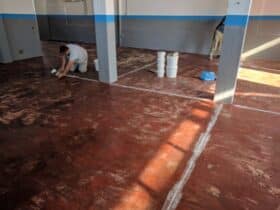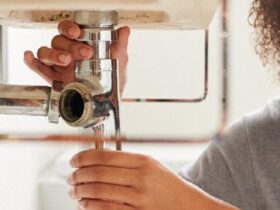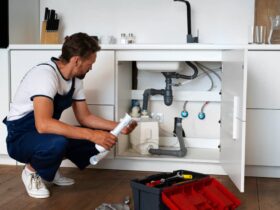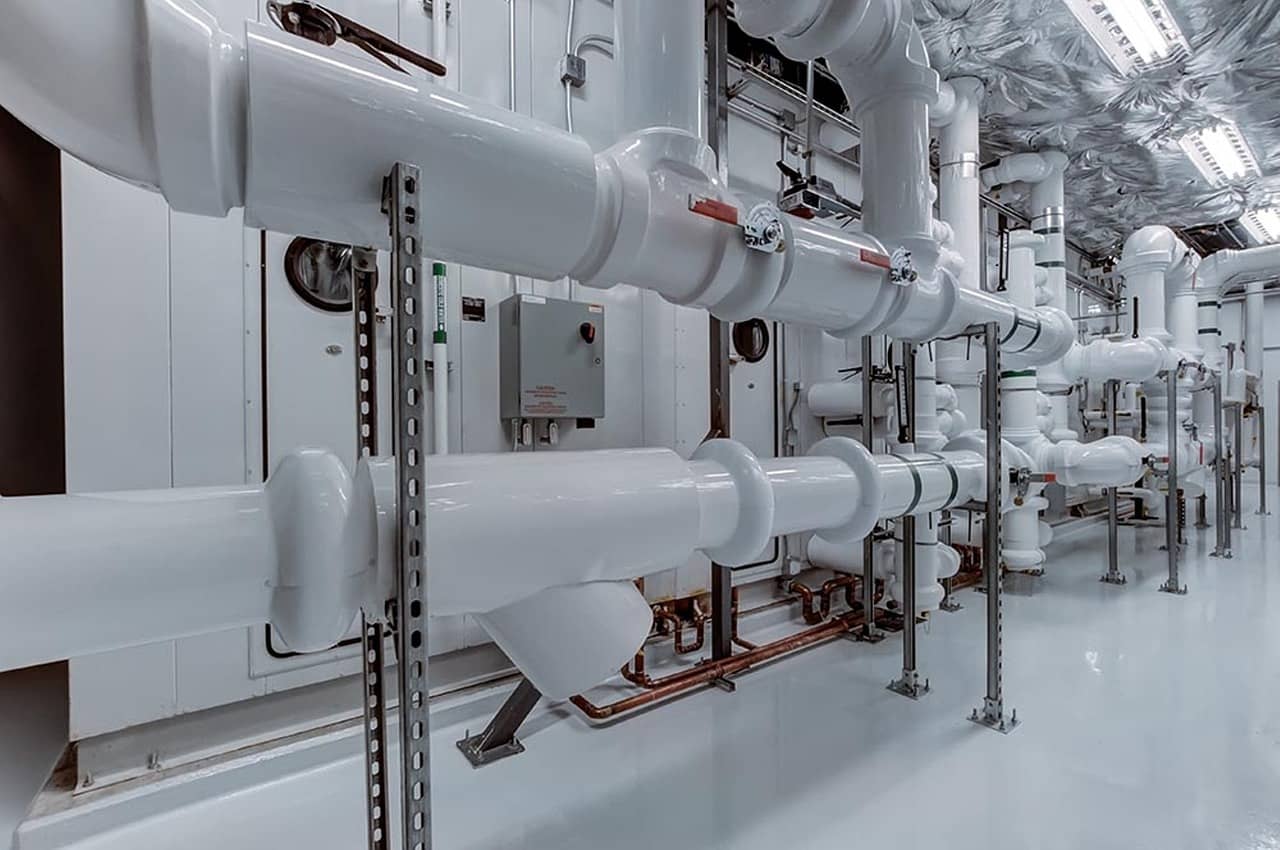Plumber’s putty can harden over time. Although it remains pliable for a considerable period, it may eventually harden, especially when stored for several months or years. To prolong its pliability, you can store it in an air-tight container and pour a little water onto the putty before sealing the lid. This method helps maintain its softness and usability for an extended period.
Plumber’s putty, known for creating watertight seals around faucets, drains, and sink fixtures, does harden over time. It serves as a more convenient alternative to caulk, which can be challenging to remove. In this guide, we will demonstrate the proper use of plumber’s putty and how to manage hardened putty.
Affordable and readily accessible, plumber’s putty typically comes in a small plastic tub. Its soft and pliable nature enables easy application by following these steps:
- Create a Putty Rope: First, take some putty from the container and roll it between your palms. Ensure the rope is long enough to cover the gap you need to fill.
- Position the Putty: Next, lay one end of the putty rope and form a loop until both ends meet. If the rope is too short, start over with a longer one; if there’s excess, simply remove it.
- Secure the Putty: Gently press the putty without deforming it. Apply just enough pressure for the putty to hold when you flip the part. As you place the part, the putty will flatten and form a seal.
- Install the Component: After applying sufficient putty, some may ooze out from the part’s edges. Tighten the part completely and wipe away any excess putty. If clean, you can reuse the leftover putty later.
Is Hardened Plumber’s Putty Still Usable?
Over time, a plumber’s putty may harden in its container, even if tightly sealed. You might consider buying a new tub if it dries out or cracks when shaping it. However, there are alternatives to soften hardened plumber’s putty:
- Soak in Water: Place the putty in its container or a jar and pour lukewarm water over it. Let it soak overnight. In the morning, immerse the container in a bowl of hot water and try to fold and squeeze the putty until it softens.
- Combine with Water and Hand Lotion: Spread some putty on a clean flat surface. Wearing gloves, mix around 2 tablespoons of water into the putty and knead it by hand until pliable. Add some hand lotion to soften it further.
- Apply Linseed Oil: Cover the putty with linseed oil and let it soak for a day or two. Wearing gloves, knead the mixture until it reaches the desired texture. Cooking oil can be used as an alternative.
- Microwave It: Put the hardened plumber’s putty in a microwave-safe bowl and add some hair gel. Knead it to soften the compound, then microwave for 2 minutes. Allow it to cool and check its consistency. Repeat the process until the desired softness is achieved.
How to Prevent Plumber’s Putty from Hardening?
Replacing the lid might help maintain the putty’s softness, but it can still harden over time if not used. To prevent hardening, pour water onto the plumber’s putty before sealing the container with an air-tight lid, which will help keep the putty pliable.
This method should extend the putty’s softness significantly. When you’re ready to reuse the putty, remove the lid, pour out the water, and absorb any remaining moisture with a cloth or paper towel. Since the plumber’s putty never fully dries and isn’t adhesive, it’s not suitable for use on pipes.
How Long Does It Take for Plumber’s Putty to Set?
Plumber’s putty typically takes a few hours to set. Although you can use a drain or tap immediately after applying the putty, waiting a few hours may produce better results. As the putty expands, it forms a tighter seal.
How Long Does Plumber’s Putty Take to Dry?
Read Also: The Rise of High Home Creation
















